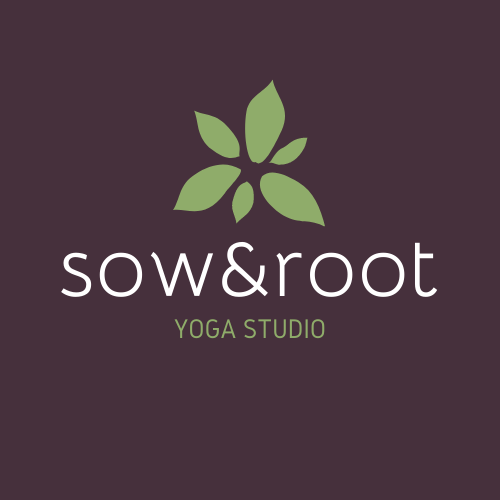Yin vs Restorative
What is the difference between Yin and Restorative yoga? Kirsty discusses…
There are some obvious similarities – both are quiet classes where poses are held for a few minutes at a time, often with the support of props like bolsters and blocks, some of the shapes are the same, and there’s also an extra juicy relaxation at the end. However, as you dig a little deeper, you’ll realise that there are also lots of differences.
Let’s start at the roots; Yin has origins in Taoism, a Chinese philosophy and religion which is based on the principle of harmony and balance (yin and yang). Restorative Yoga was developed by a student of BKS Iyengar and has roots in Indian philosophy.
You’ll often hear subtle differences in the language used in these classes which echoes their histories. For example, you might hear a Yin teacher talking about ‘chi’, whereas a Restorative teacher would use the word ‘prana’. Both refer to vital energy in the body and are thought to be part of the central nervous system.
Aside from the philosophy and history, the biggest difference between Yin and Restorative is the mindset. Both are passive classes, but in Yin, you should be feeling something. That’s not to say that you should be stretching to your absolute full capacity, but rather going to about 80% - finding that sweet spot of slight discomfort and definite sensation, but never pain. By holding these poses for a longer time, you access the deeper connective tissue rather than superficial muscle. Over time, this extends and strengthens ligaments, tendons and fascia, and can increase flexibility and prevent injury in our more yang practices.
Restorative is a totally passive class and was developed to support injuries and health issues with very gentle movement– you should expect to feel comfortable and held throughout with a deep sense of relaxation. Often poses are held for a little longer than in Yin and the shapes are fully supported with props. Any sensation you do feel in the body will be lighter and softer.
It’s quite difficult for a teacher to tell whether you have a ‘Yin mindset’ or a ‘Restorative mindset’, so both classes are very much student-led, and you’ll be given suggestions and space to explore adjustments yourself. Both are inward-looking practices, and there’s an emphasis on how you should feel in a pose, not what it ‘should’ look like.
All that said, of course, it’s ok to totally relax in a Yin class, or find your edge in a Restorative class if that’s what you feel your body needs. It is your practice after all.
- Written by Kirsty Folan
